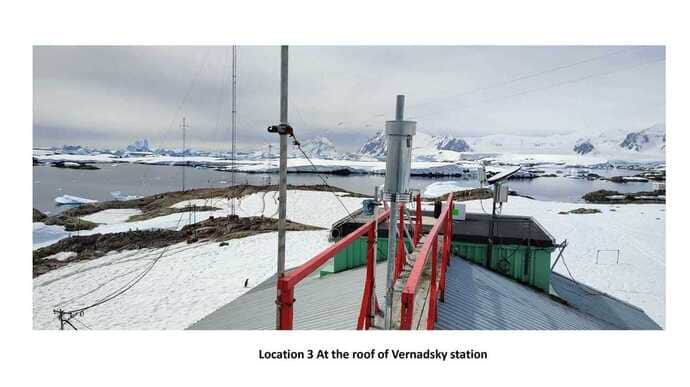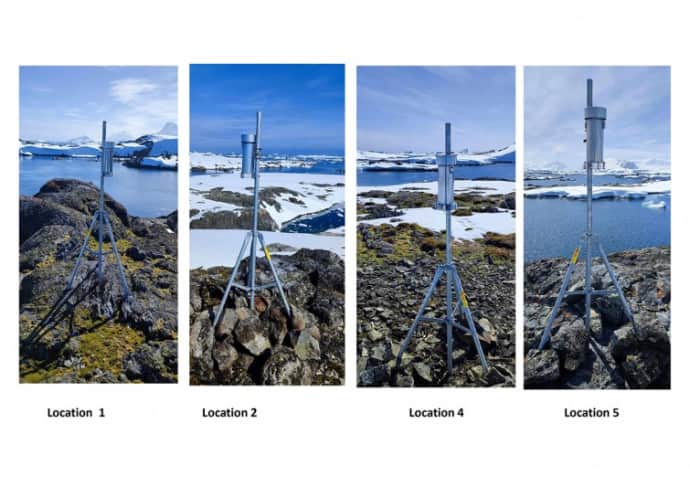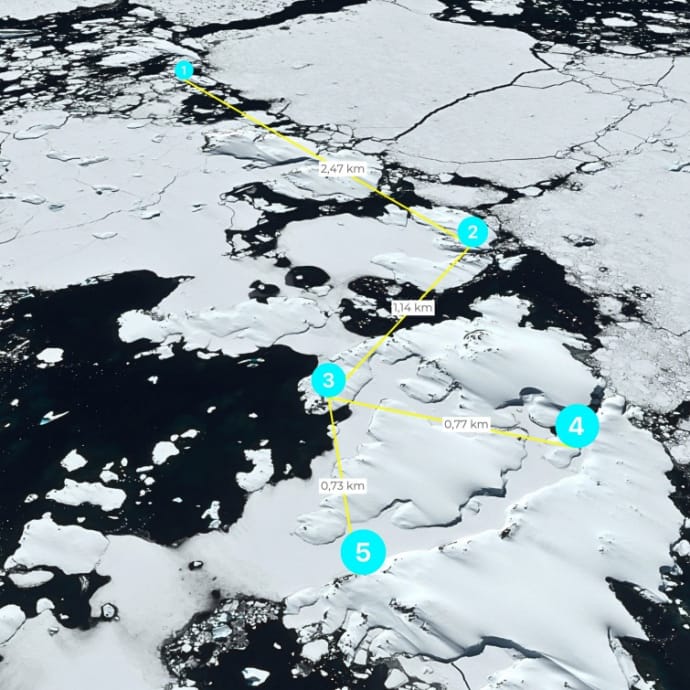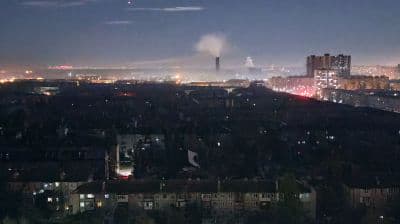Antarctic researchers explain why air traps were installed near Vernadsky Base

Ukrainian scientists have installed passive sensors, also known as "air traps," near the Vernadskyi Research Base.
Source: National Antarctic Scientific Centre of Ukraine
These sensors are made of special materials that accumulate volatile pollutants. They function like filters and do not require a power source. The devices were installed on the Argentine Islands archipelago.
In this way, scientists at Vernadskyi station will investigate the air for silicon pollution. Antarctic researchers will need to periodically check the traps to ensure the wind does not blow them away and that they are not being used by birds for nesting.

Quote: "The sensors are designed to capture cyclic volatile methyl siloxanes if they are present in the air. This is a group of silicone liquids commonly used in cosmetic products and industrial applications (chemical solvents, cleaning fluids, etc.)," the researchers explained.
The traps were installed by meteorologist Oleksandr Nadtochii. During the process, he had to refrain from using silicone-containing hygiene products such as shampoos, moisturisers, and sunscreens for a certain period.
The filter had to be carefully attached to the flask with hooks without touching it with hands, which was quite challenging in the Antarctic conditions with constant winds.
Passive sensors were installed in five locations:
- on the two islands north of Vernadskyi station, the direction from which the wind mainly blows;
- on two islands south of the station, the direction in which the wind blows, and where Vernadskyi station has a possible polluting effect;
- directly on the roof of the scientific centre.

The traps will be in place for at least three months. After the air is sampled, it will be sent to Norway for analysis.
"The results will show whether methyl siloxanes can be transported over long distances. If these compounds are found in passive sensors on the first two islands north of the station, it may be evidence that they reached there from the mainland," the scientists on the Antarctic continent explained.
As part of the project, samples of sediment, algae, krill, soil, and moss from Antarctica will also be investigated.
Support UP or become our patron!







